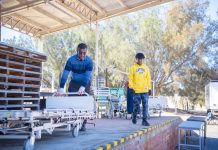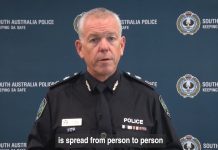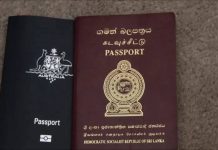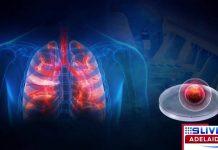The World Health Organisation (WHO) released new guidance for governments looking for exit strategies beyond existing lockdown measures.
For many countries currently under lockdowns which have crippled or stalled economies, the answer of when and how to ease restrictions has not been easily answered or forthcoming.
“We understand that these countries are now trying to assess when and how to ease these measures,” said WHO Director-General Tedros Adhanom Ghebreyesus.
“The answer depends on what countries do while these wide measures are in place.”
Six criteria were identified in WHO’s guidance document to ensure that governments would be able to manage a controlled and deliberate transition from community transmission to a steady state of low level or no transmission.
Any government that wants to start lifting restrictions must first meet six conditions:
- Transmission of Covid-19 is under control
- Health systems and public health capacity are able to detect, test, isolate and quarantine every case and trace every contact
- Hot spot risks are minimized in highly vulnerable places, such as nursing homes
- Preventive measures such as physical distancing and hand washing in workplaces have been establised
- Controlled and managed risk of new import cases from travellers
- Populations are fully engaged, understand and empowered to live under a new state of “normality”
There must be a gradual process to prevent a cycle of new outbreaks.
“You can’t replace lockdowns with nothing,” said Dr. Mike Ryan, head of WHO’s emergencies programme. “We don’t want to lurch from lockdown to nothing to lockdown to nothing.”
“We need to have a much more stable exit strategy that allows us to move carefully and persistently away from lockdown.”
WHO has said that in most countries, it is too soon to get back to normal. Ending lockdowns prematurely in an attempt to restart economies could result in the reemergence of infections.
There are currently more than 2 million cases of Covid-19 worldwide and more than 130,000 people have already died.































